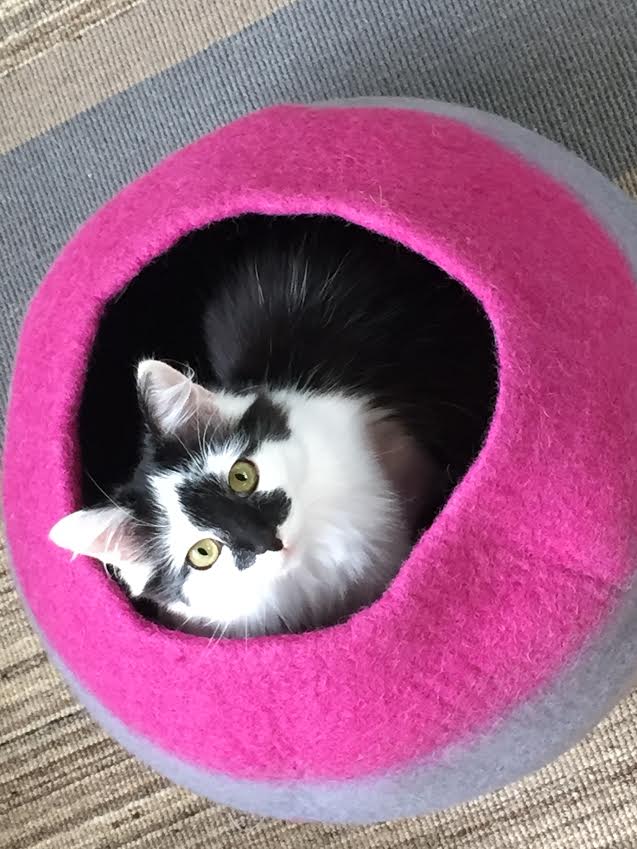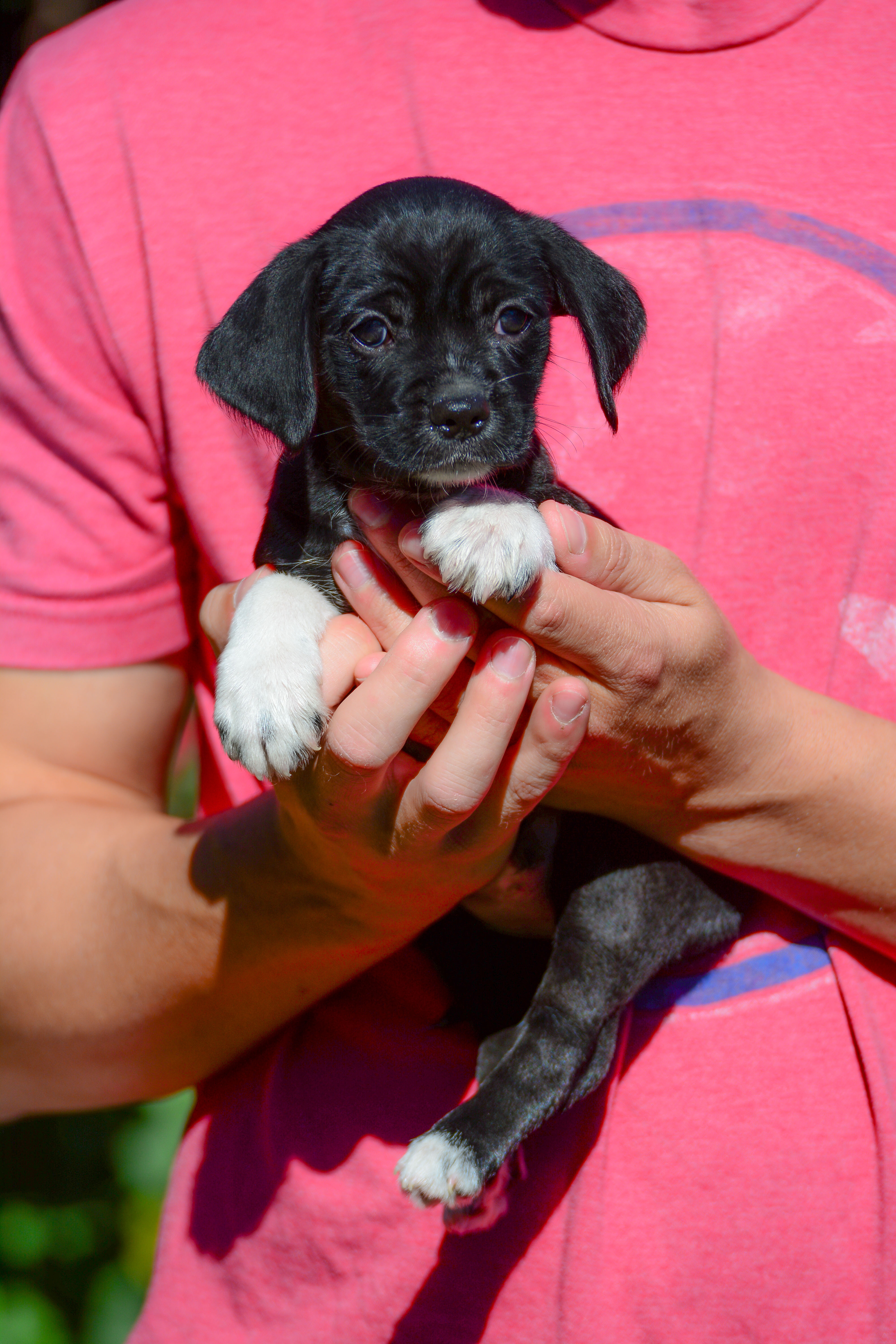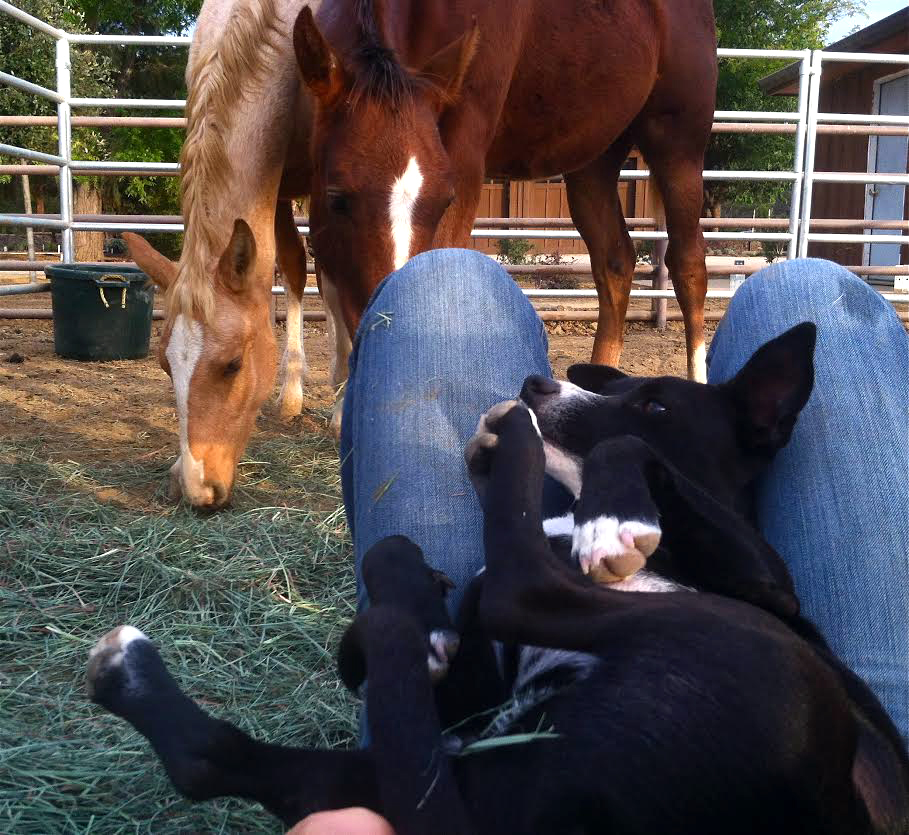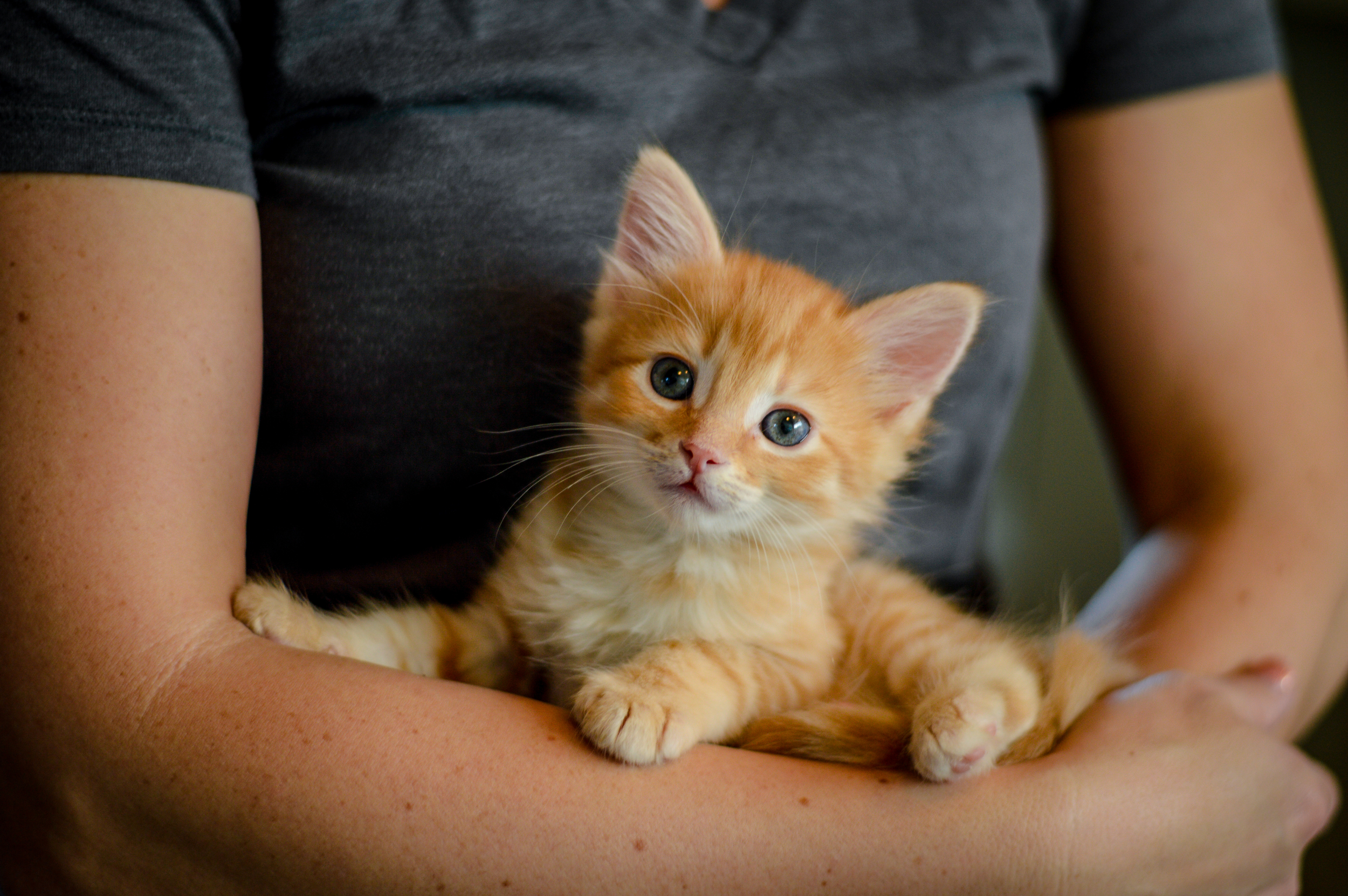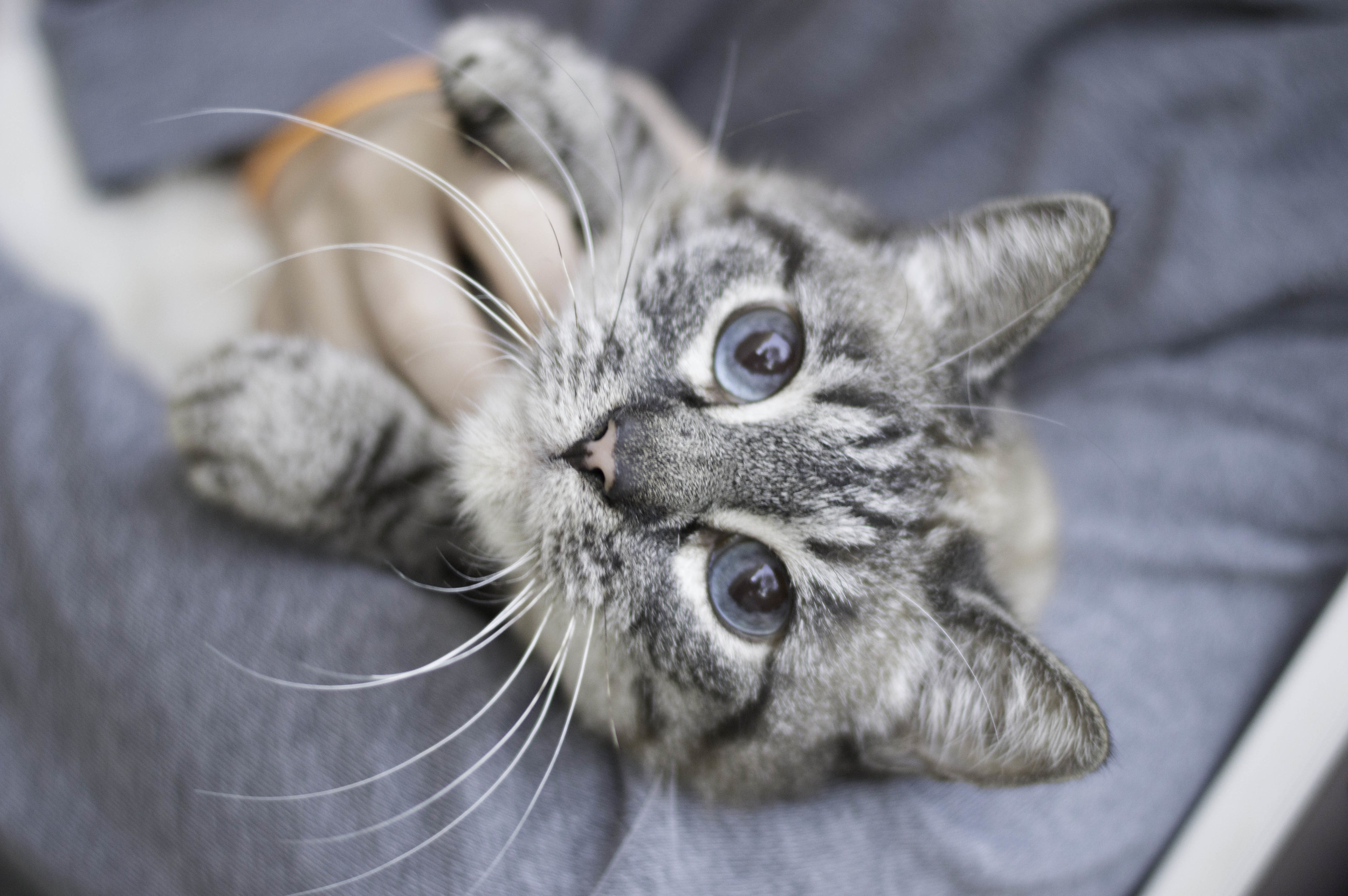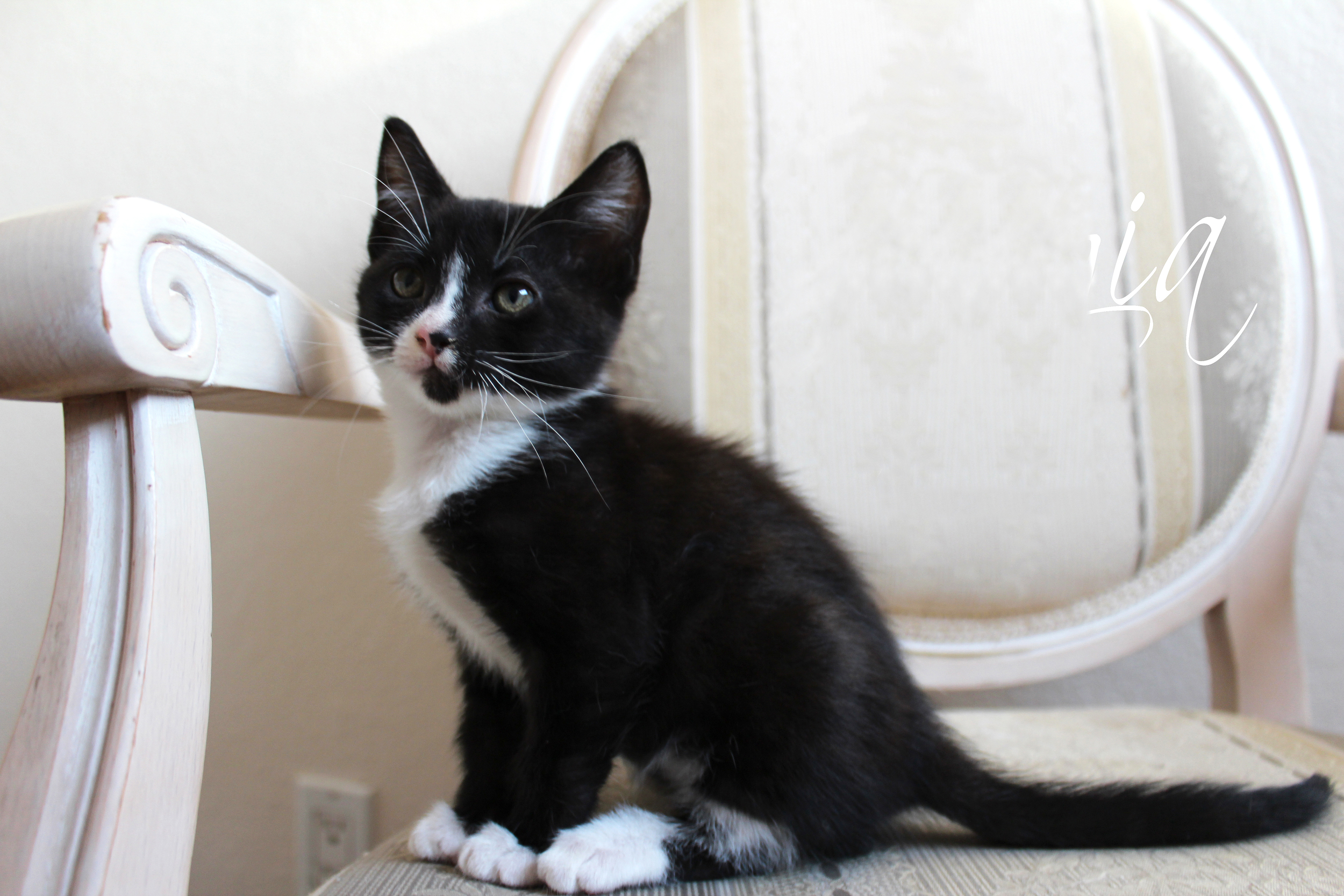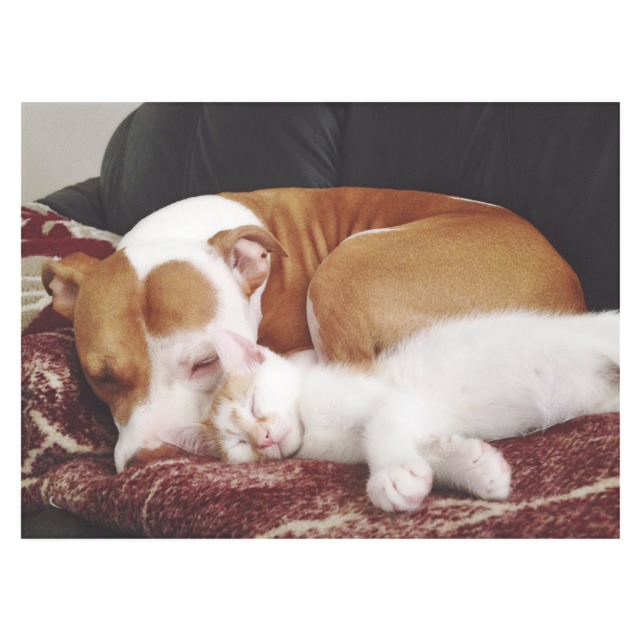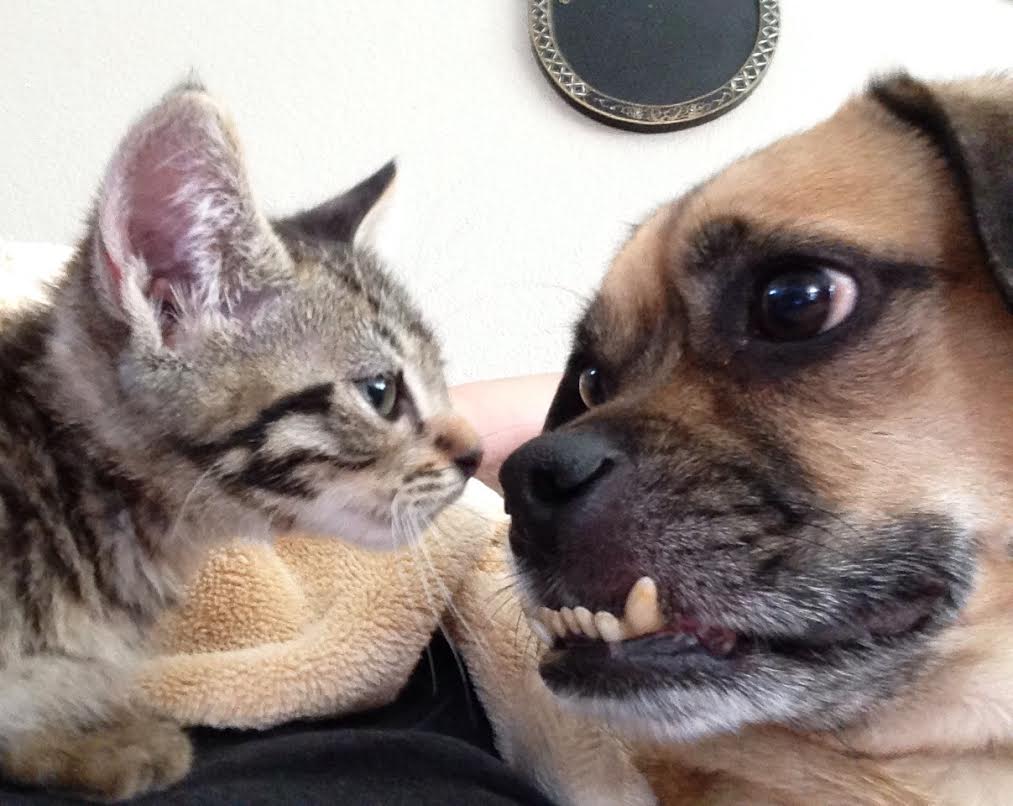Cratetraining 101 - From the SF SPCA
Owners are often unsure whether they need to crate-train their puppies or newly adopted dogs or whether to simply confine them in a dog-proofed area during the early weeks or months following adoption. Here is some information to help you decide if crate training is for you.
Crate training helps with the following:
1. Housetraining: prompts the dog to hold bladder and bowels when unsupervised to expedite housetraining
2. Chew-training: prevents the dog from chewing furniture, walls and anything else except the chew toys he is crated with so good habits automatically form
3. Settling down: patterns dog to be inactive when alone
4. Owner as good guy: by decimating housetraining and chew-training mistakes, dog partially “self-trains,” reducing amount of reprimanding and bad-guy stuff for owner
5. Preparation for possible close confinement: dogs that are used to close confinement are less likely to be stressed when caged during a hospital stay or travel
Chewing and activity management could be accomplished with a well dog-proofed room or an ex-pen and these are alternatives if the dog is solid in his elimination habits. If the dog is shaky on housetraining, however, you’re better off crate-training him as the close confinement will inhibit urination and defecation. To get the crating effect, the crate should be only large enough for the dog to stand up and turn around in. An ex-pen, dog-proofed room or too-large crate allows the dog to use one end as bathroom area and the other end as bed.
How To Get Him Used to His Crate
You can’t just throw the dog in the crate and expect him to adjust. That would be traumatic. Early association is important and, often, indelible. Make the crate comfy with a nice crate pad or blanket*, situate it in a high traffic area like the kitchen and, whenever the dog isn't looking, drop a couple of treats at the back. Don’t point these out to him, rather let him discover them on his own. Feed him meals in there, always with the door open. Using heavy string, tie an attractive stuffed chew-toy to the rear inside so that the dog must lie in the crate in order to chew on it.
After a few days of this, start teaching the dog to enter and exit on command. Say "into bed" or "into the crate," throw in a treat, praise as the dog goes in and eats the treat and then order him out with the command of your choice. Encourage him to come out and, when he does, praise him (no food treat for exiting). Repeat this a few times and then change the order of events slightly: instead of throwing the treat into the crate after you say "into bed," wait for him to go in on his own before dropping in the treat. If the dog doesn't enter on command, simply wait. Do not command him a second time and do not crack and throw the treat in. You can encourage him in with hand gestures but even this is riskier than simply waiting. If he doesn't go in, end the training session without comment. Try another session in a little while, still withholding the reward until the dog goes in on his own. When he does (and they all do eventually so hang in there), give him a double or triple reward, do a few more rewarded reps and then end the session. Always leave the dog wanting more.
When the dog is going in and out on command, you are ready to try the first lock-in. Play the in/out of the crate game, only now close the door after he has gone in and feed him treats through the grate for a minute or two before opening the door. Do this several times. Then practice walking around the crate and around the room while he is locked inside, pitching treats at him occasionally and then, after a couple of minutes, opening the door and letting him out. Make the whole thing a positive experience for him. The next step is to add some real duration.
Rent yourself a favorite video and stuff a couple of chew-toys with something extra-special. Set the crate up right next to your comfy movie chair and, just before you sit down to enjoy the movie, order the dog into the crate. When he goes in, give him the chew toys, close the crate door and start the movie. Leave a few times to get popcorn, a drink, but always come back within a minute or so. The first experience being locked in the crate for this length of time must be an overwhelmingly easy and good one. Any noise, agitation or tantrum from the dog should be ignored. At the end of the movie, if the dog is quiet and settled in the crate, simply open the door and order him out. Under no circumstances will you open the door to the crate if the dog is misbehaving, otherwise you are conditioning that behavior. If you do not like it, do not reward it. When you do open the door, don't gush and hug the dog. Make the exit an anticlimax. Behave very neutrally. All the good stuff should happen while he's IN the crate, behaving nicely.
Once he's out, order him right back in for a food treat or two without closing the door before you finish your training/movie session. If he refuses to go in, do whatever it takes to get him in, reward him and get your in/out exercise polished up again.
Now spend a few days locking the dog in the crate when you're at home, going about your usual business. Ignore or reprimand any noise and provide interesting crate puzzles (i.e., chew toys) each time. When the dog is going in without fuss and no longer distress vocalizing, you may start leaving the house. Leave for one to ten seconds over and over for the first “leaving home” session. Then, over the next few sessions, gradually extend the time you are gone, from a minute to five minutes to ten, fifteen, thirty, an hour, two, three and four hours. Throw in some short ones (5 to 60 seconds) in between to mix it up. Depart and arrive without any fanfare. Tire the dog out with vigorous exercise and training before the longest absences. It is important to gradually condition the dog to being in the crate this way before using it in your day to day life.
*Later on, if you discover your dog is soiling his crate, the first thing to try is removing the pad or blanket for a week – the porous material may be triggering elimination. Be sure, also, that you are not stretching the dog too long between bathroom trips and forcing him to eliminate in his crate. Keep both the dog and the crate scrupulously clean. It would be prudent to have him checked for a bladder infection if he is urinating really often.




